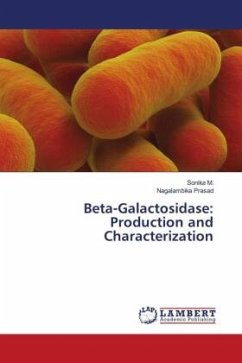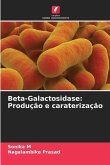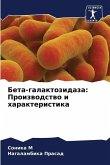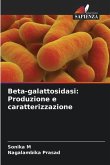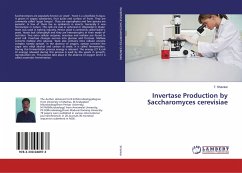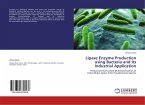Beta-Galactosidase, commonly named lactase, is one of the most important enzymes used in dairy processing; it catalyzes the hydrolysis of lactose to its constituent monosaccharides glucose and galactose. The enzyme was purified from the crude enzyme using ammonium sulfate precipitation, dialysis, ion exchange chromatography using DEAE cellulose, ion-exchange chromatography and gel filtration chromatography. Molecular mass of beta-galactosidase as estimated by sodium dodecyl sulfate- PAGE gel with a molecular mass of approximately 45 kDa to 55kDa. The optimum temperature, and pH for this beta-galactosidase activity were 40°C and pH 8.0, respectively. The results suggest that this enzyme may be suitable for both the hydrolysis of lactose and the production of galacto-oligosaccharides in milk processing.
Bitte wählen Sie Ihr Anliegen aus.
Rechnungen
Retourenschein anfordern
Bestellstatus
Storno

